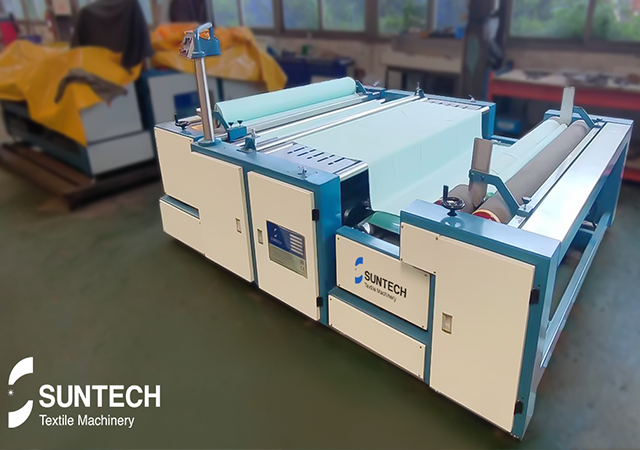Understanding the elements that impact the quality of relaxed fabric is crucial for achieving optimal results in garment production. This article explores various factors such as fabric grade, yarn count, spinning method, fabric construction, and finishing processes. Additionally, it delves into the advantages and disadvantages of fabric relaxing, providing valuable tips for achieving perfectly relaxed fabrics.
Factors Influencing Relaxed Fabric Quality
Several factors contribute to the quality of relaxed fabric, each playing a pivotal role in determining its overall characteristics:
Fabric Grade: Determined by fiber content and yarn quantity, a higher fabric grade correlates with better relaxed fabric quality.
Yarn Count: This measure of fineness directly influences the fabric's strength and durability, making it a significant factor in quality assessment.
Spinning Method: The method employed to create the yarn impacts the fabric's overall quality, adding an extra layer of consideration in the production process.
Fabric Construction: The way the fabric is constructed influences its texture and performance, contributing to the final relaxed fabric quality.
Finishing Process: The final steps in fabric production, such as treatments and processes, significantly affect the overall quality of the relaxed fabric.
Advantages & Disadvantages of Fabric Relaxing
Fabric relaxing, a process designed to enhance fabric feel and drape, employs various methods, with steam being the most common. Understanding the advantages and disadvantages is essential:
Advantages:
Enhanced softness and pliability of the fabric.
Improved drape, reducing the likelihood of wrinkles.
Attainment of specific looks for certain garments.
Disadvantages:
Harsh on fibers, potentially breaking them down over time.
Color alteration in the fabric.
Not suitable for all fabrics; some may shrink.

Tips for Achieving Perfectly Relaxed Fabrics
To achieve perfectly relaxed fabrics while sewing garments, consider the following tips:
Begin with clean, unwrinkled fabric to enhance the chances of achieving optimal relaxation.
Pre-treat the fabric with a relaxer to loosen fibers and increase pliability.
Use sharp scissors and cut on the fabric grain during pattern cutting to prevent distortion.
Adjust stitch length according to the fabric type to prevent distortion during sewing.
Regularly press the garment during construction to eliminate any wrinkles developed during sewing.
Utilizing a High-Quality Fabric Relaxing Machine
For an efficient fabric relaxing process, consider using the SUNTECH Fabric Relaxing Machine (ST-FRM-VI) with features such as:
At least 24 hours of time savings.
Roll-to-roll relaxing, immediate to cutting section.
Synchronized width measurement with consistent data and digital report display.
100% tension releasing, eliminating shrinkage.
Lazy loop hanging for natural state fabric restoring and an air-flowing zone for tension releasing.
Fabric relaxing is a vital step in producing high-quality fabrics, addressing flexibility and minimizing shrinkage issues. The SUNTECH Fabric Relaxing Machine offers an effective solution, ensuring optimal results. By understanding the factors influencing relaxed fabric quality and following essential tips, producers can meet consumer expectations for aesthetically pleasing, comfortable, and durable fabrics. Visit SUNTECH Texitle Machinery website for a range of fabric relaxing machines tailored to various requirements, coupled with customer-oriented service.




